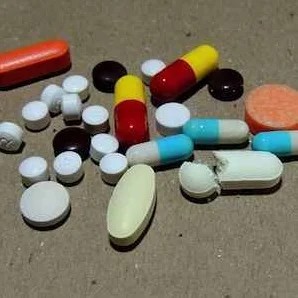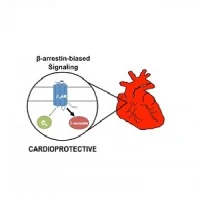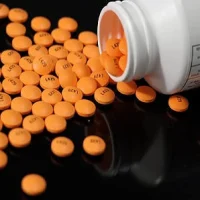According to research published in The Lancet, the use of vital life-saving generic medicines for the prevention of heart disease is poor worldwide. In low-income and middle-income countries, these medicines are either not easily available or if they are, they are often unaffordable. In rich countries, availability and affordability is not usually an issue but even then, approximately 35 to 50 percent of patients with heart disease do not receive them.
The authors of this research highlight the need to ensure that these medicines are available and that preventive care for heart disease is more organised. They suggest that the provision of generic drugs in developing countries and by non-physician health workers should be improved to increase the rates of usage.
The Prospective Urban Rural Epidemiology (PURE) study was conducted by Professor Salim Yusuf, Director of the Population Health Research Institute, Hamilton Health Sciences and McMaster University, Hamilton, ON, Canada, and President of the World Heart Federation, Geneva, Switzerland; and Dr Rasha Khatib, Birzeit University, Birzeit, occupied Palestinian territory, and Population Health Research Institute, Hamilton Health Sciences and McMaster University, Hamilton, ON, Canada, and colleagues.
The World Health Organization (WHO) also recommends that by 2025, these vital heart medicines including aspirin, β blockers, angiotensin-converting-enzyme (ACE) inhibitors, and statins should be made available in 80 percent of communities and should be used by 50 percent of eligible individuals.
During this study, the researchers analysed the availability and costs of these drugs in pharmacies from 596 communities in 18 countries from 2003 to 2013. Availability was measured in terms of presence at the pharmacy and affordability was determined on the basis of a combined cost that was less than 20 percent of household capacity to pay.
The findings showed that the classes of drugs recommended by WHO were available in 95 percent of urban communities and 90 percent of rural communities in the high-income countries. In middle-income countries, the availability declined to 80 percent in urban communities and 73 percent in rural communities and further declined to 62 percent in urban communities and 37 percent in rural communities in lower middle-income countries. The worst results were for low-income countries with only 25 percent availability in urban communities and 3 percent in rural communities (excluding India where availability is high).
As far as affordability is concerned, these medicines were unaffordable for less than 1 percent of households in rich countries, 25 percent in upper middle-income countries, 33 percent in lower middle-income countries and 60 percent in low-income countries.
The authors say: "Given the very large effects of the availability and affordability of medicines on use that we noted, availability and affordability are likely to be essential factors influencing medicine use...unless both availability and affordability of these medicines are improved, their use is likely to remain low in most of the world."
Prof Yusuf suggests that governments need to take initiatives to ensure that these essential heart medicines are more widely available and are provided free in low and middle-income countries. He also suggests that in rich countries, health systems need to use more organised approaches to secondary prevention and should utilise non-physicians such as nurses and other health workers to increase usage.
Source: The Lancet
Image Credit: Wikimedia Commons










